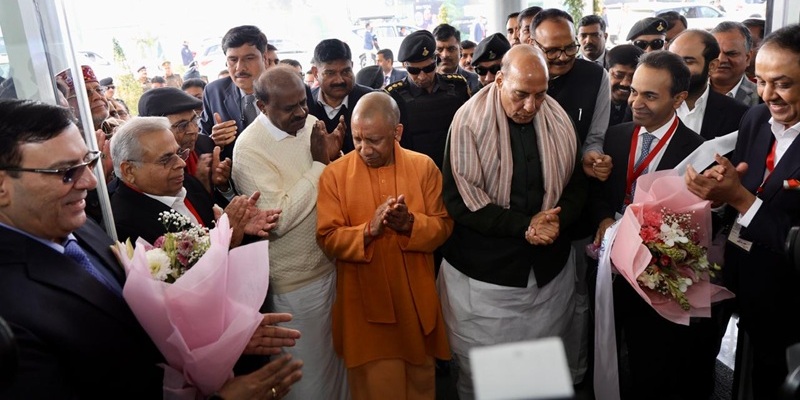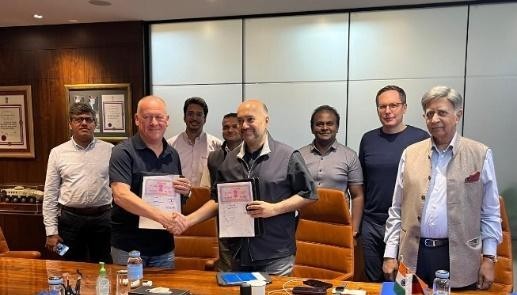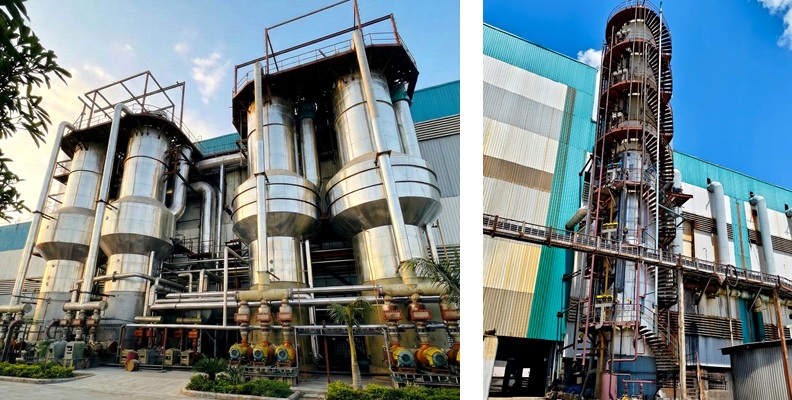Schedule a Call Back
India’s window to curb its carbon emissions looks increasingly hard to achieve
 Industry News
Industry News- Sep 06,24
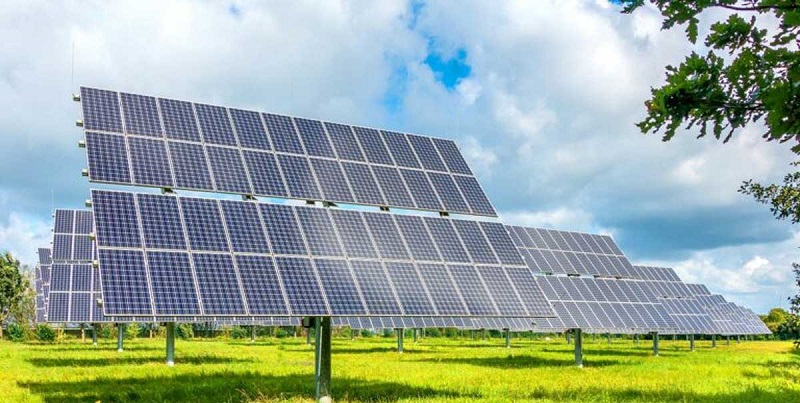
Related Stories

Waaree Secures 288 MWp US Order for Next-Gen Hail-Resistant Solar Modules
This win further strengthens Waaree’s position in the North American solar market, supported by the company’s scaled, backward-integrated manufacturing base, advanced quality systems and growing..
Read more
Continental Partners with INEOS Inovyn to Cut Carbon Impact of PVC Products
This new material boasts a carbon footprint approximately 37 per cent lower than the European industry average for conventional PVC.
Read more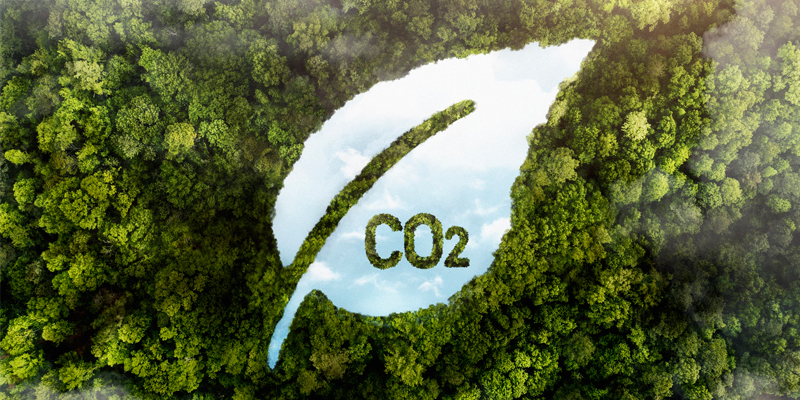
India’s Decarbonisation Journey: Turning Climate Challenge into Opportunity
While decarbonisation is increasingly becoming a prerequisite to access premium global markets, India's path to net-zero by 2070 is complex. However, with coordinated action, strategic investments, ..
Read moreRelated Products

Integrated Electric Gripper S Series
IBK Engineers Pvt Ltd offers a wide range of integrated electric gripper S series.

Geared Electric Motors
Delco Fans Pvt Ltd offers single phase capacitor run and three
phase geared Instrument motors, totally enclosed face/foot mounted.

“Kusam-Keco” Partial Discharge Acoustic Imager - Model - Km-pdai
‘Kusam-Meco’ has introduced a new “Partial Discharge Acoustic Imager Model KM-PDAI.





